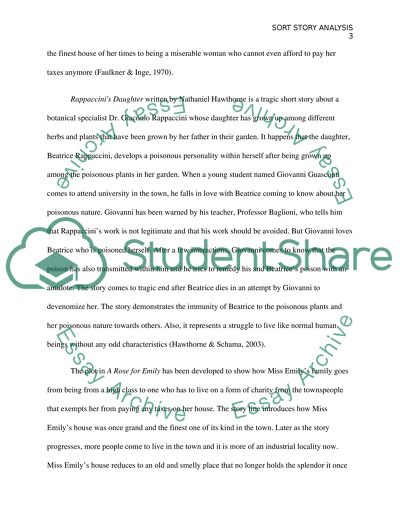Cite this document
(“Literary History, Interpretation, & Analysis Research Paper”, n.d.)
Retrieved from https://studentshare.org/literature/1487995-literary-history-interpretation-analysis
Retrieved from https://studentshare.org/literature/1487995-literary-history-interpretation-analysis
(Literary History, Interpretation, & Analysis Research Paper)
https://studentshare.org/literature/1487995-literary-history-interpretation-analysis.
https://studentshare.org/literature/1487995-literary-history-interpretation-analysis.
“Literary History, Interpretation, & Analysis Research Paper”, n.d. https://studentshare.org/literature/1487995-literary-history-interpretation-analysis.


